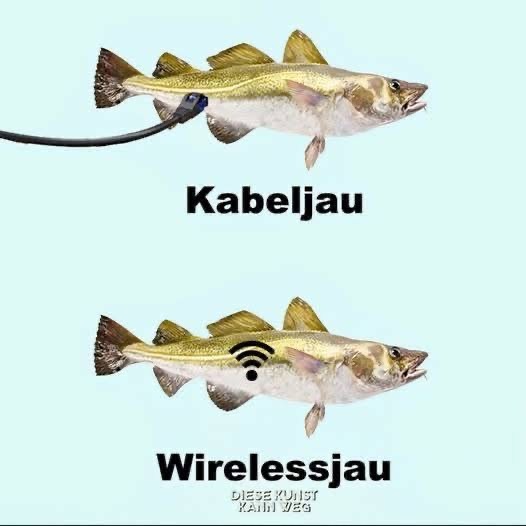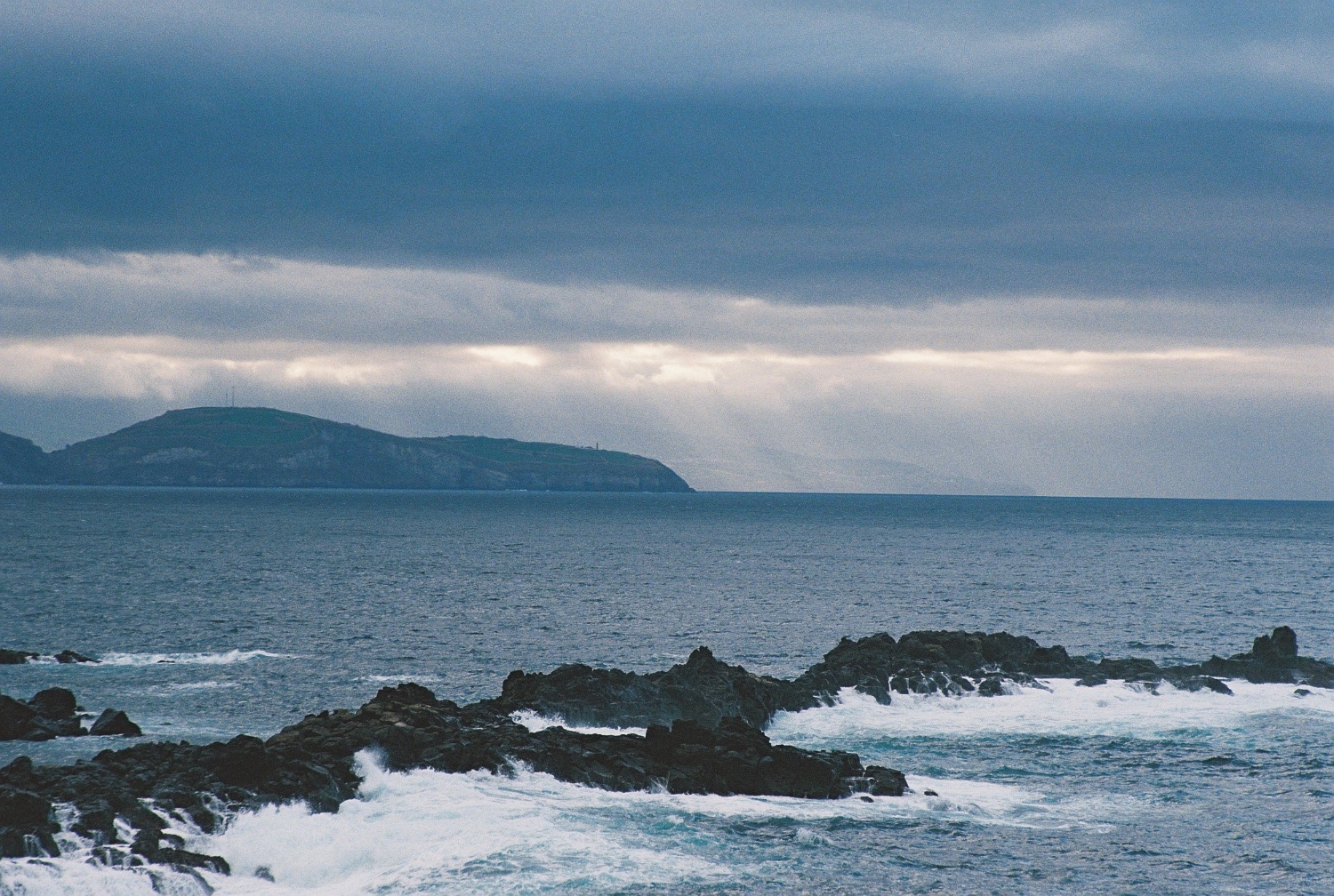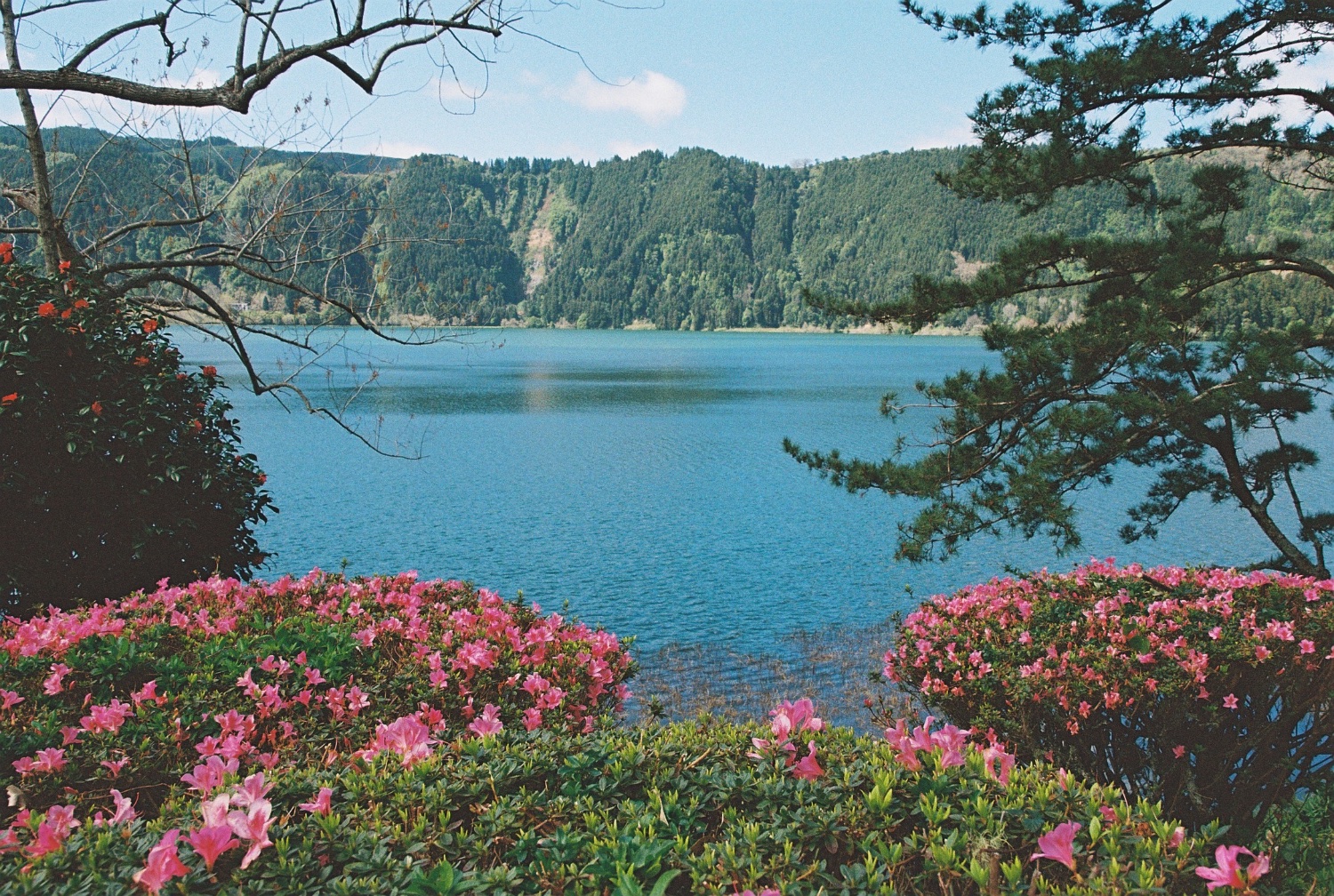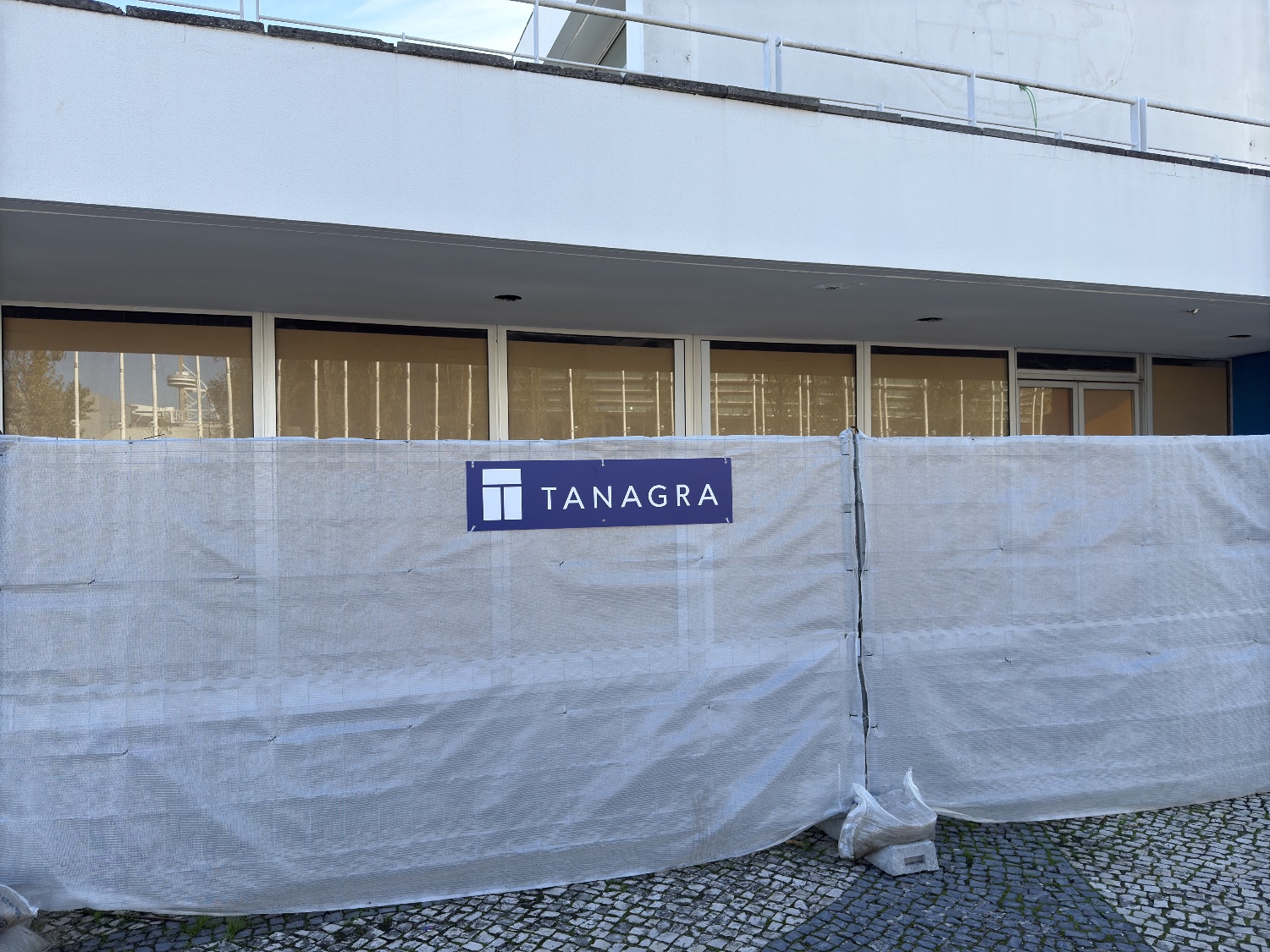Can’t delete a torrent. Just saying. Keep seeding, Lemmings!
Is this the peace and love they’re always telling us this Jesus guy talks about?
Oh good, more useless e-waste.
Well, I meant as in, without actively changing anything, like going to the gym more or whatever. Just passive environmental changes.
Not really surprising when all food is so processed and pumped full of all kinds of bullshit, from high fructose corn syrup to preservatives to you name it.
Fun anecdote - I moved to Europe from the states a year back, and lost almost 20 pounds in that time without explicitly doing anything different. Just from the better food quality, and walking more in daily life (walkable cities and good public transportation!)
To put that into perspective, the World Bank estimates global GDP as around $100 trillion, which is peanuts compared to the prospective fine. Google would therefore have to find more money than exists on Earth to pay Moscow.
Seems a bit suspect.
Windows 11 is a strong motivator. I suspect like many other people, the only reason I was keeping Windows around was gaming. But thanks to Proton and the Steam Deck, the number of games in my library that won’t run on Linux is vanishingly small. I deleted my Windows partition a few months ago and haven’t looked back.
Install Linux or buy a Mac, fuck Windows.
It was, as was his meeting with Orban. But as we’ve seen many times, trump is apparently immune to prosecution.
Isn’t it obvious, Joe?
“While I condemn Hamas, and supported Israel’s right to defend itself in the aftermath of the attacks, the use of force in reprisal has become excessive - beyond what is justified or acceptable. So effective immediately, I’m halting all arms shipments to Israel, and calling on President Netanyahu to withdraw IDF troops from Gaza and the West Bank.”
Problem solved.
Articles like this are so disingenuous. UK news has been reporting things like this for several years now, always trying to make it sound like it’s us mean old continental Europeans who are forcing our evil rules on the poor blameless Britons. As opposed to being the exact thing they themselves voted for. Hello and fuck you from sunny Portugal, dear Brexit voters!
Translation: We believe our players are dumb enough to shell out the money, so we’ll charge what we can. Get rekt.






How does a people that experiences the horrors of concentration camps and genocide, just a few generations later, get to the point of perpetrating the same crimes that their predecessors were victims of?